Get a Small Payment Commitment and Convert More Visitors to Buyers With Higher Transaction Values
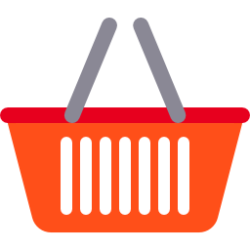
Why?
It will help you convert more visitors to buyers and have a higher transaction value for such a buyer.
How?
When they enter your shop, ask them if they want to get into a raffle where every day (or week) you randomly select one buyer and refund their entire purchase for that day. They only have to buy a very low-cost raffle ticket (max $1.) You can also decide to donate the revenue from selling the raffle tickets to charity and let them know this.
This little tactic will already convert them from a visitor to a buyer – they already spent money with you. This will now lurk in the back of their mind when browsing at your store: “buying more will get me a bigger jackpot if I win.” If you are giving the proceedings from the raffle tickets sales to charity (and don’t forget to let them know this), they will also feel good about themselves and be more likely to spend more money on themselves.
How to Make It Easier for a Visitor to Become a Trusting and Willing Buyer
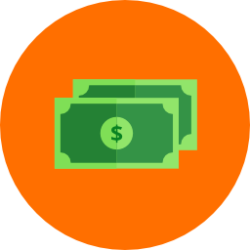
Why?
If you can make them spend money easier why wouldn’t you?!
How?
If the target audience is right for this try the following:
At an early stage of them browsing your website have a popup that asks them for a small contribution to charity (one that is congruent with their values) that you will match one for one. Maybe something like this: “Please help us bring clean water to the children in XYZ. We only ask for one dollar, and we will match that one dollar by contributing one dollar of our own. Your contribution of only one dollar means two dollars spent on clear water for kids. Click here to give the kids $1 so they can have clean water.”
If they donate the one dollar you achieved two things: they already trust you enough to give you money, and they now feel good about themselves, so now they can “sin” a little and award themselves by buying what they want – what you are selling.
An Easy Method to Grow Your Opt in Conversion Rate Using a Micro Commitment Technique
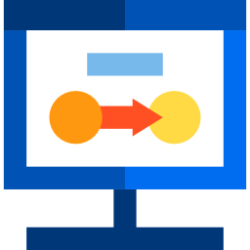
Why?
If it’s easy, doesn’t cost more and results in higher conversion rate, wouldn’t you like it?
How?
Use the principle that a small previous act of (public) commitment will lead to a higher action rate when you ask for it later.
When a visitor lands on your page, show him a pop-up window and ask him to click on one of two buttons. Something with a text like: “Do You think that the right information is critical to your success?”, and two buttons “Yes,” and “No” to click. The majority of people would click on the yes button (especially if they are the right audience). The window disappears – it took about five seconds – and they go on consuming the page.
They now acted by clicking and committing to a particular point of view. It’s their “truth” now. The fact that it’s on a public web page (even though nobody else sees it) makes it a kind of public commitment (and they can also assume you know what they “said.”)
At some point (timed, exit intent, etc.) they will see another popup window with your desired call to action phrased in a way that is congruent with their “yes” action before. Something like: “If you need even more of the relevant up to date information on what you just read, to make sure you succeed, enter your email address and we’ll send it to you immediately.”
This will probably convert much better than doing the same without the first commitment action you asked them.
Send Them to Your Competition and Get Them to Buy From You
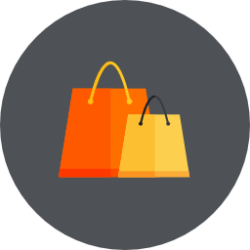
Why?
Winning their trust will convert them to buyers at a higher rate.
How?
If what you’re selling has competition that is good, but has an apparent flow compared to you, try directing your visitor’s attention to these by listing them and linking to them. This will increase your position (because you are confident enough to show them the competition) and their trust in you, and at the same time, they will see for themselves what is missing with the competition compared to what you offer.
An Experiment in Marketing Conversion by Getting the Buyer Go Back in the Future
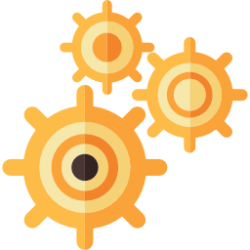
Why?
As a marketer trying to sell something, making people think ahead and then back gives them a new perspective that can help you both.
How?
While visiting you website, at some point after they had time and already consumed at least the main points you want to convey about what you are selling, they are already dealing with a decision – to do what you ask them or not, to buy or not – you can ask the following question: “many years from now, when you look back, what would you regret more, saying yes now or saying no?” Measure the conversion rate when using this question and compare to the conversion rate when not using it.
